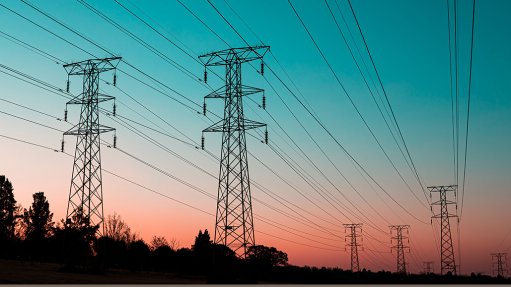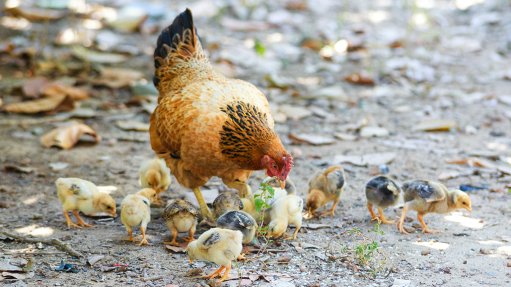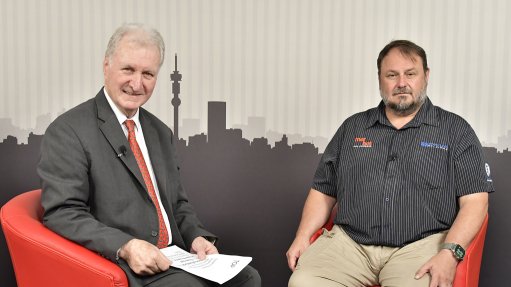In play
Confirmation that the curtailment framework outlined by Eskom in January is available to wind independent power producers (IPPs) preparing project submissions under Bid Window Seven (BW7) of the public renewables procurement programme currently under way could have a material impact on the outcome of the round.
Published as an addendum to the latest Generation Connection Capacity Assessment (GCCA 2025), the framework states that 3 470 MW of additional grid capacity to connect wind generation will be made available by accepting a “reasonable share of no more than 10% of curtailment”.
A total of 2 680 MW of this capacity is available in the Western Cape and 790 MW in the Eastern Cape.
Curtailment is defined in the document as the controlled reduction of the output of renewable energy plants as a system operator response to transmission capacity constraints.
The absence of such a framework during BW6 meant that none of the wind projects that had been vying for a 3 200 MW allocation advanced to preferred-bidder status. This, owing to Eskom’s position at the time that there was no longer capacity to connect.
This sent shockwaves through the market, but also raised serious questions about Eskom’s approach to grid connection and operation, given that most system operators globally had already embraced curtailment as a low-cost way of adding much-needed variable renewable electricity.
The upshot was that Eskom began to study the issue in more detail in partnership with two leading transmission system operators, 50Hertz of Germany and Elia of Belgium.
The analysis indicated that curtailment of up to 10% offered more economic value than new investments, primarily where wind technology was the source of the variable renewable electricity.
It also showed that about 4 GW of additional renewables capacity could be connected to the Western Cape grid “almost immediately” and that more than 90% of the electricity that these plants would produce could be safely integrated into the grid.
Nevertheless, curtailment was not immediately included in the GCCA 2025 when it was published in October. And even though an addendum was promised, no such document was in place by the time the IPP Office launched BW7 in December.
Therefore, it was anticipated that BW7 bidders would need to locate their wind projects outside of the Eastern Cape, Northern Cape and Western Cape provinces, with the GCCA indicating there to be 19.9GW of capacity elsewhere in the country.
This led to warnings that the country should anticipate higher tariffs, partly because the wind resource outside of the three Cape provinces was viewed as good, but less strong than within those regions, as well as because wind prospects were far less developed in the other provinces.
The unlocking of capacity through curtailment could, thus, prove significant in shaping the spatial and tariff outcome of BW7.
That said, there could still be a timing mismatch, as bidders had to apply for grid connection cost estimate letters by no later than February 15.
Article Enquiry
Email Article
Save Article
Feedback
To advertise email advertising@creamermedia.co.za or click here
Comments
Press Office
Announcements
What's On
Subscribe to improve your user experience...
Option 1 (equivalent of R125 a month):
Receive a weekly copy of Creamer Media's Engineering News & Mining Weekly magazine
(print copy for those in South Africa and e-magazine for those outside of South Africa)
Receive daily email newsletters
Access to full search results
Access archive of magazine back copies
Access to Projects in Progress
Access to ONE Research Report of your choice in PDF format
Option 2 (equivalent of R375 a month):
All benefits from Option 1
PLUS
Access to Creamer Media's Research Channel Africa for ALL Research Reports, in PDF format, on various industrial and mining sectors
including Electricity; Water; Energy Transition; Hydrogen; Roads, Rail and Ports; Coal; Gold; Platinum; Battery Metals; etc.
Already a subscriber?
Forgotten your password?
Receive weekly copy of Creamer Media's Engineering News & Mining Weekly magazine (print copy for those in South Africa and e-magazine for those outside of South Africa)
➕
Recieve daily email newsletters
➕
Access to full search results
➕
Access archive of magazine back copies
➕
Access to Projects in Progress
➕
Access to ONE Research Report of your choice in PDF format
RESEARCH CHANNEL AFRICA
R4500 (equivalent of R375 a month)
SUBSCRIBEAll benefits from Option 1
➕
Access to Creamer Media's Research Channel Africa for ALL Research Reports on various industrial and mining sectors, in PDF format, including on:
Electricity
➕
Water
➕
Energy Transition
➕
Hydrogen
➕
Roads, Rail and Ports
➕
Coal
➕
Gold
➕
Platinum
➕
Battery Metals
➕
etc.
Receive all benefits from Option 1 or Option 2 delivered to numerous people at your company
➕
Multiple User names and Passwords for simultaneous log-ins
➕
Intranet integration access to all in your organisation





















